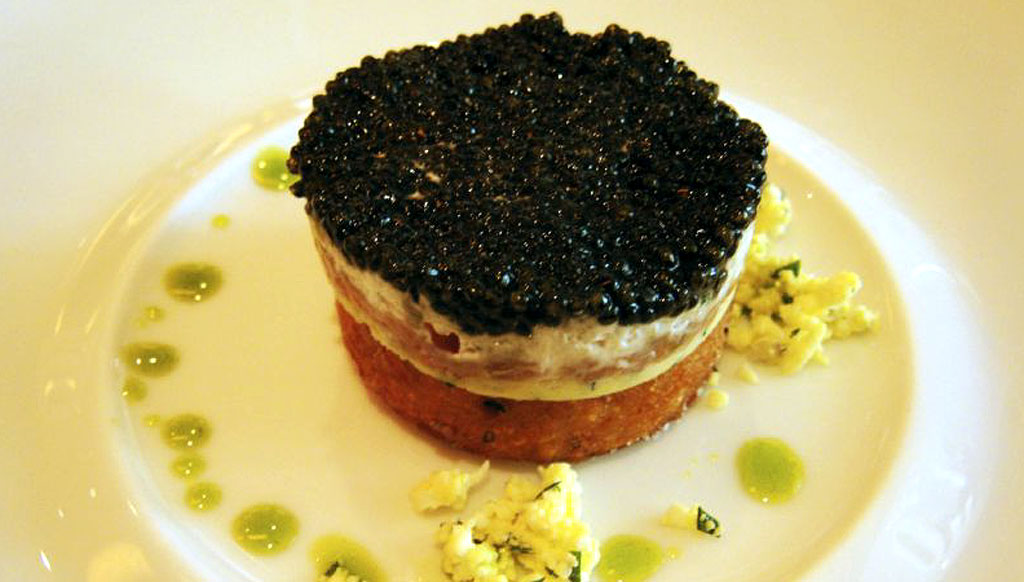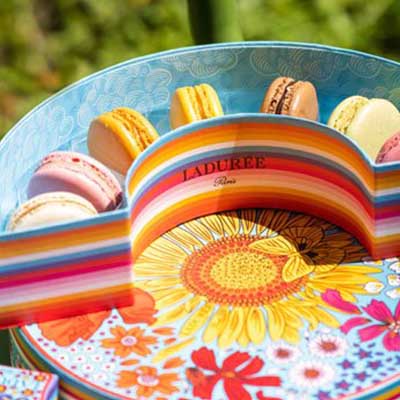
For $7000 to $10,000 a kilogram, you can bet your bottom dollar that the Beluga caviar is arguably one of the most expensive types of caviar. This exquisite black, pearlescent wonder is primarily found in the world’s largest salt-water lake, or the Caspian Sea. The Beluga caviar is also less commonly found in the Black Sea basin and in the Adriatic Sea. Caviar is harvested from the increasingly endangered Beluga sturgeon in a tricky game of time. Ideally, the eggs from a female sturgeon is said to be the most flavorful and taut three days before she labours. Eggs taken too early are fat and gooey without the signature caviar “pop” when eaten. Too late and the caviar is a milky mess. The caviar is an extraordinary food and should therefore be eaten as such. That means an absolute no-no to metal spoons, which will alter the taste dramatically, adding an awfully metallic taste. Caviars should always be served raw, eaten best with crystal, bone or mother-of-pearl spoons to preserve the exquisitely authentic taste. Caviar is also best taken as it is; while it is tempting to season the lavish eggs to enhance their taste, or serve it with crisp, buttered toast, the caviar can also be eaten on its own. Also, remember that traditional etiquette dictates the caviar to be taken in small bites for a balanced and authentic experience that is not too overwhelming. Finally, no matter what caviar you have, it must be served chilled.










